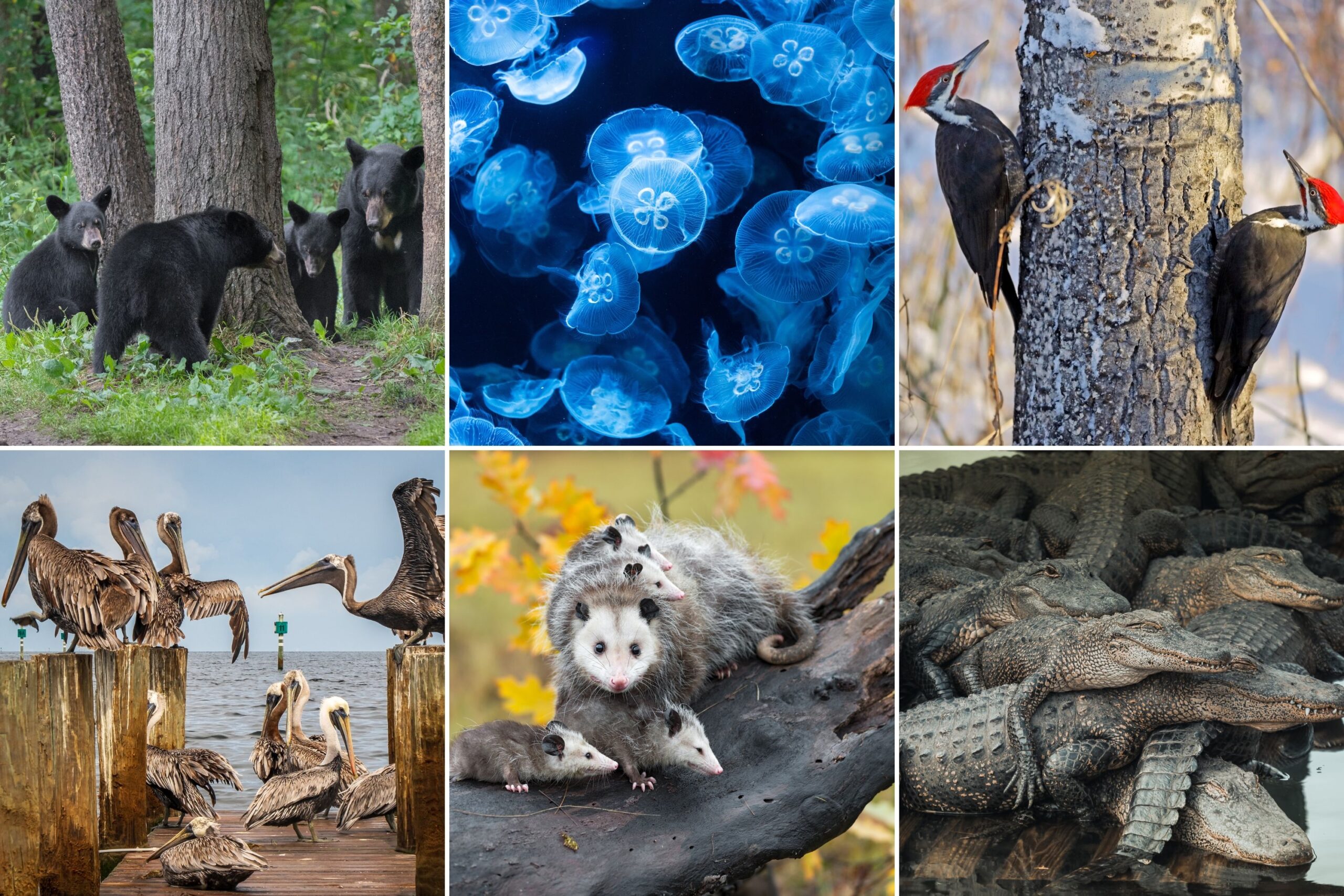Animals, like humans, often live and interact with others of their own kind. When a collection of animals come together, they form what is known as a group. These groups can vary in size, structure, and purpose, but they all serve important functions in the animal kingdom.
From packs of wolves to herds of elephants, animals often rely on group living for survival. These social structures provide protection, increase chances of finding food, and allow for the sharing of resources. In some cases, groups of animals also work together to raise offspring or defend territory from rival groups.
Group of Animals is Called
When a group of animals come together, they are often referred to by specific terms based on their species and behavior. For example, a group of lions is known as a pride, while a group of fish is called a school. Birds often form flocks, while bees gather in swarms. These collective nouns help to identify and categorize the different types of animal groups found in nature.
Some animals, such as primates and dolphins, exhibit complex social structures within their groups. They form tight-knit communities with defined hierarchies and roles for each member. These groups often engage in cooperative behaviors, such as hunting together or caring for young, which helps to strengthen social bonds and ensure the survival of the group as a whole.
In addition to social groups, animals may also form temporary aggregations for specific purposes, such as migration or mating. For example, herds of wildebeest gather to migrate across the African plains, while male elk congregate during the rutting season to compete for mates. These gatherings allow animals to achieve shared goals and increase their chances of reproductive success.
Overall, the concept of a group of animals highlights the diverse and complex social behaviors that exist in the animal kingdom. Whether for protection, reproduction, or resource sharing, animals have evolved a variety of strategies for living together in groups. By studying these group dynamics, researchers can gain valuable insights into the behavior and ecology of different species, helping to inform conservation efforts and better understand the natural world.
Closing Thoughts
In conclusion, the concept of a group of animals is a fascinating aspect of the natural world. From intricate social structures to temporary aggregations, animals exhibit a wide range of behaviors when they come together. By exploring the dynamics of these groups, we can deepen our understanding of the complexities of animal behavior and the importance of social interactions in the animal kingdom.
